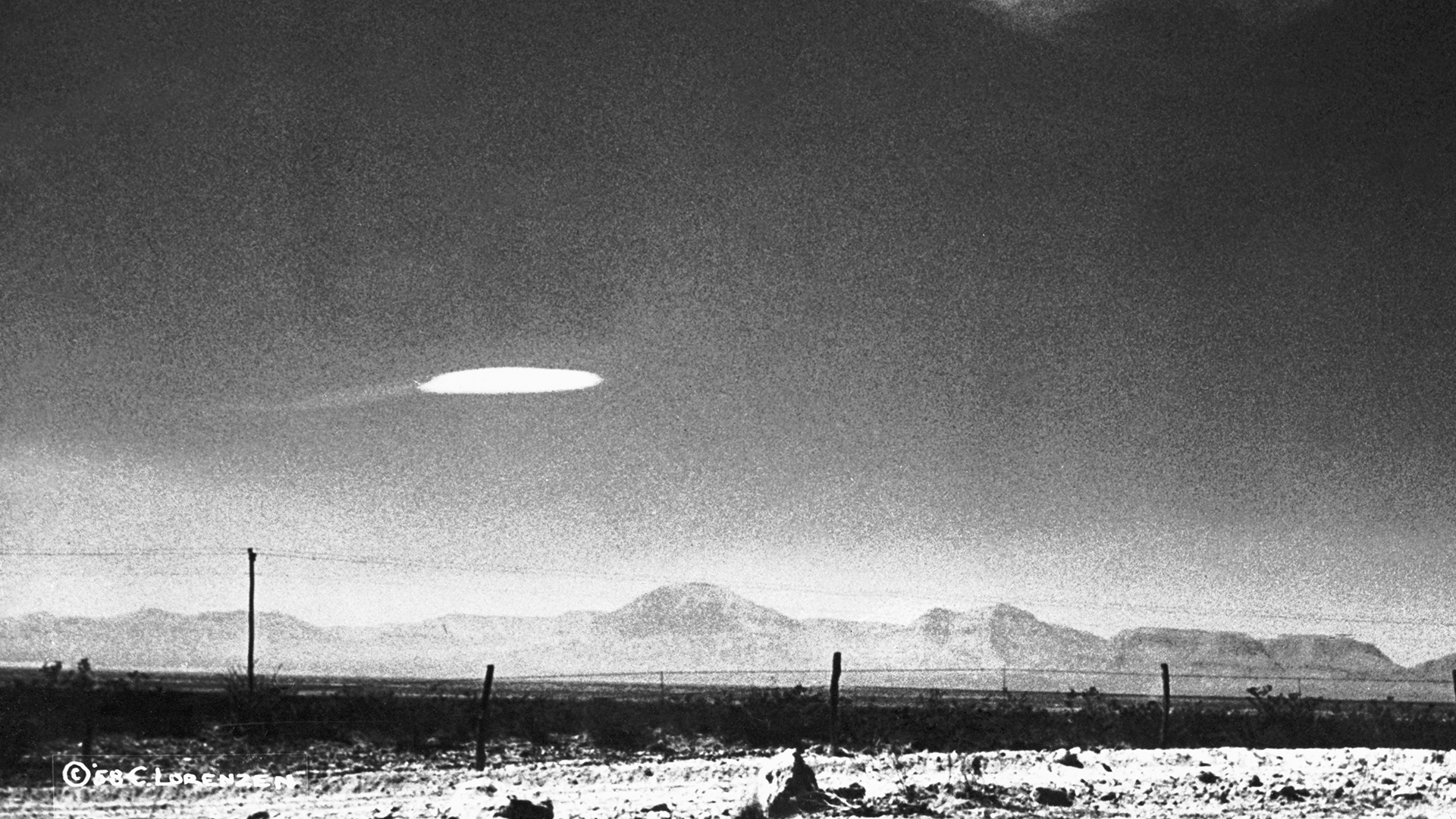Long-anticipated 'UFO report' finally released. No, it's not aliens.
Here's what it does show.

The Pentagon has released a highly anticipated "UFO report" that in no way suggests aliens are responsible for more than 140 sightings of unidentified aerial phenomena (UAPs) by navy pilots.
Even so, the report indicates that "most of the UAP reported probably do represent physical objects." And out of the 144 UAP reports between 2004 and 2021, only one could be identified with "high confidence," according to the report; that one turned out to be a large, deflating balloon.
The report is the result of the Intelligence Authorization Act for the Fiscal Year 2021, in which the U.S. Senate Intelligence Committee called for an investigation into unidentified aerial phenomena (UAPs). And on Dec. 21, 2020, when the bill was enacted, the director of national intelligence and secretary of defense were given 180 days to produce a report for the committee. The six-month deadline expired this month.
Related: UFO watch: 8 times the government looked for flying saucers
The unclassified report, released Friday (June 25), is meant to be an "intelligence assessment of the threat posed by unidentified aerial phenomena (UAP) and the progress the Department of Defense Unidentified Aerial Phenomena Task Force (UAPTF) has made in understanding this threat," the report says.
Though the UAP sightings examined varied quite a bit, the report authors said, they found some patterns around the size, shape and in particular the propulsion of the UAPs. In 18 sightings, "observers reported unusual UAP movement patterns or flight characteristics," the report said. For instance, some of the UAP seemed to "remain stationary in winds aloft, move against the wind, maneuver abruptly or move at considerable speed, without discernible means of propulsion."
Some of these odd flight characteristics were seen in three videos of UFO sightings released by the U.S. Navy in April 2020. Those video clips — dubbed FLIR, GOFAST and GIMBAL — showed what looked like spacecraft moving at hypersonic speeds with no apparent means of propulsion, Live Science previously reported.
Get the world’s most fascinating discoveries delivered straight to your inbox.
Related: 7 things most often mistaken for UFOs
In a video released in May 2020 by a filmmaker of UFO documentaries, a spherical UFO hovering in midair bounces side to side before seemingly plunging into the ocean, Live Science reported. The Pentagon confirmed the footage was authentic and captured by the U.S. Navy.
To get a handle on the diverse incidents, the report authors came up with five potential UAP categories: airborne clutter, such as birds, balloons and recreational drones; natural atmospheric phenomena, such as ice crystals that might create infrared or radar signals; classified U.S. government programs; foreign adversary systems (technology released by governments such as China or Russia, or some non-government entity); and a catchall "other" bin.
The report authors also give an overview of how to develop processes and training for U.S. military on what to do when they encounter a UAP so that the intelligence community can understand the potential threat. In fact, Florida Sen. Marco Rubio, who pushed for an investigation into the UAPs, said on CBS's 60 Minutes in May, "Anything that enters an airspace that's not supposed to be there is a threat," Rubio said. "I want us to take it seriously and have a process to take it seriously. I want us to have a process to analyze the data every time it comes in."
After the release of the UFO report Friday, Rubio, who is the acting chair of the Senate Select Committee on Intelligence, said in a statement: "For years, the men and women we trust to defend our country reported encounters with unidentified aircraft that had superior capabilities, and for years their concerns were often ignored and ridiculed," Rubio said, adding that the report is the first step in cataloging such incidents, though the Pentagon and intelligence community have a lot of work ahead to actually identify the threats.
Though the long-awaited report, which is only nine pages, gives the public details on UAPs, we may never lay eyes on some of the possibly "juiciest details" held in a classified annex of the report, The Guardian reported.
For those who take solace in the idea that humanity is not alone, this classified part of the report could be your ticket to let your imagination run wild.
Originally published on Live Science.
Jeanna Bryner is managing editor of Scientific American. Previously she was editor in chief of Live Science and, prior to that, an editor at Scholastic's Science World magazine. Bryner has an English degree from Salisbury University, a master's degree in biogeochemistry and environmental sciences from the University of Maryland and a graduate science journalism degree from New York University. She has worked as a biologist in Florida, where she monitored wetlands and did field surveys for endangered species, including the gorgeous Florida Scrub Jay. She also received an ocean sciences journalism fellowship from the Woods Hole Oceanographic Institution. She is a firm believer that science is for everyone and that just about everything can be viewed through the lens of science.


